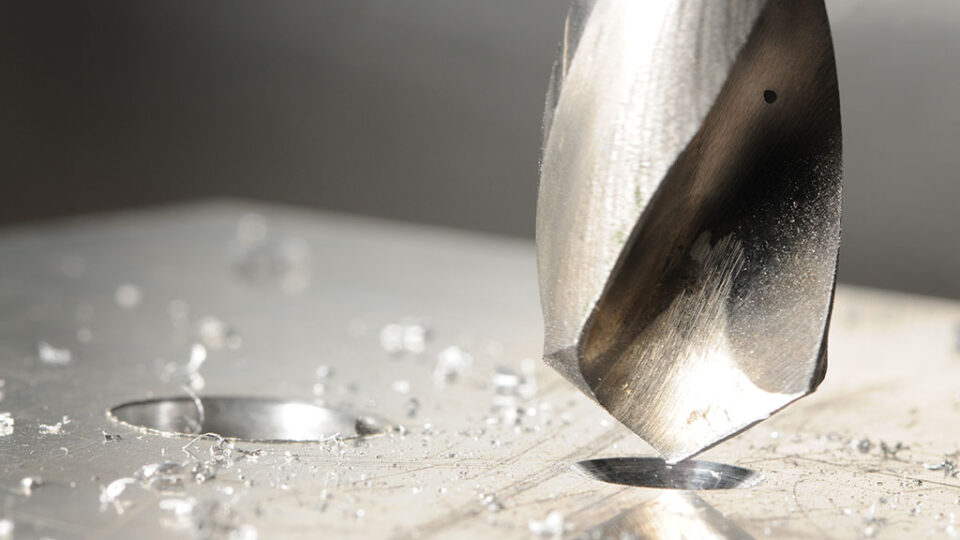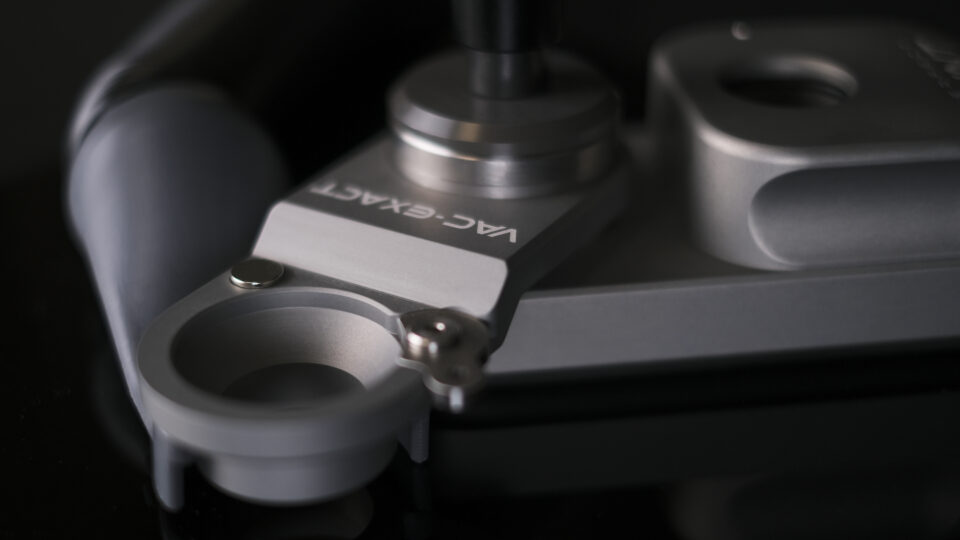If you’ve ever wrestled with a misaligned hole that throws your entire repair off track, you’re not alone. “Hole pulling” or “pulling a hole” is one of those tricky tasks that can make or break a job, and finding the right precision drill guide can feel like a game-changer. Enter Vac-Exact from Perfect Point EDM: a portable powerhouse designed to make this process smoother, faster, and way less frustrating. Let’s dive into what hole pulling really means, why it pops up in your daily grind, the headaches of old-school methods, and how Vac-Exact turns it all around. Stick around—you might just discover your new go-to tool!
What Is Pulling a Hole?
Picture this: You’ve got an existing hole that’s slightly off-center, oblong from wear, or just not quite right for the fastener. Pulling a hole means re-drilling it to shift the center point ever so slightly, creating a fresh, concentric path without starting from scratch. It’s a staple in aerospace for maintaining structural integrity, often involving a precision drill guide like Vac-Exact to ensure everything lines up perfectly. This isn’t a task you’d typically hand off to a junior sheet metal mechanic due to its complexity and high stakes—but Vac-Exact changes that, making it accessible for less experienced techs to achieve results like a 20-year pro. Done right, it saves time and materials—done wrong, and you’re looking at more headaches.
When Might You Need to Pull a Hole?
Ever been knee-deep in a fuselage repair only to spot a rivet hole that’s just a bit too close to a rib, spar, or hidden structure—or worse, an oblong mess from a misdrill? That’s your cue for pulling a hole. This essential technique pops up in everyday MRO scenarios like:
- Correcting misdrills or off-center holes that throw off alignment.
- Overhauling aircraft skins worn from years of service.
- Upgrading fasteners during retrofits on aging airframes.
- Installing reinforcements or access panels on wings or nacelles.
- Handling composites, where the slightest misalignment could trigger delamination.
These situations strike during routine inspections or big mods—anytime a slip-up could compromise safety or send you back to square one. Precision is key to keeping things airworthy, and that’s where a reliable drill guide shines.
Current Methods for Pulling a Hole
We’ve all been there, scrambling to improvise in the hangar with whatever tools are within arm’s reach. Here’s a rundown of the common methods for pulling a hole in aerospace MRO, each with its own trade-offs:
- Clamping a Fixture: Grab a drill guide and secure it with C-clamps for a steady hold. It’s a straightforward approach, but it risks denting sensitive surfaces like aluminum skins or composites—and it only works when you have clear access to apply the clamps without interference.
- Drilling Extra Fasteners for Cleco’s: Drill out existing fasteners to pick up on those holes with the Cleco’s. This provides reliable stability, but you’re left with additional holes to patch or fill, which can snowball into more rework if those extras go wrong too.
- Gluing the Drill Block: Apply hot glue or superglue for a quick and dirty bond between the guide and the surface. It’s handy for awkward spots, but cleanup is messy, residue risks contamination, and once set, you can’t adjust alignment without starting over.
- Egg Cup Style Drill Guides: Position this handheld cup over the hole and insert a bushing for guidance. The concept is simple, but holding it steady while fine-tuning the position—especially with a narrow bombsight view—and then swapping in the bushing can feel like a balancing act.
- Template-Based Drilling: Fabricate custom templates and secure them with tape or magnets for repeatable results. Ideal for batch work, but it’s overkill for one-off repairs and eats up valuable time in design and setup.
- Flat Bottom Reamers or Freehand Drilling: Tackle it freehand drilling with standard drill bits or flat bottom reamers. Quick for experienced hands, but bit wandering is a constant threat on challenging materials—and pulling a hole this way is nearly impossible, as the drill naturally wants to follow the existing center.
These tried-and-true tricks can get you through in a pinch, but they’re far from foolproof. Let’s break down the common pitfalls next.
Problems and Pitfalls with Current Methods
Okay, let’s be honest: Traditional hole pulling can escalate a quick repair into a frustrating saga. Clamps and Clecos? They might deliver stability, but they often leave scratches, dents, or weakened spots on delicate airframes—especially thin composites that can’t afford the extra stress. Hot glue? It’s a fast fix, but dealing with the gooey aftermath means tedious cleanup and potential contamination risks. Egg cups wobble under hand pressure, templates demand custom fab time that’s rarely worth it for one-offs, and freehand reaming? That’s practically inviting drill runs, oblong holes, and scrapped parts. Throw in the arm-aching fatigue from unsteady holds, debris flying everywhere to trigger FOD concerns, and the inevitable rework loop, and it’s clear why these methods drag down efficiency and crank up the tension in any shop.
How to Use Vac-Exact for Pulling a Hole
Ready for a breath of fresh air? Vac-Exact flips the script with its user-friendly vacuum-locking tech. Here’s how to pull a hole like a pro:
- Locate Over the Hole: Grab the vacuum locator (Offset for those tricky curves or Standard for flats) and align using the 5x magnified bombsight. Swap in aperture rings tailored to your hole size for spot-on centering—easy even in tight spots.
- Lock in Place: Aligned? Just release the vacuum lever on the side to engage vacuum via shop air and the venturi module. Boom—up to 25lbs of grip holds it rock-solid, no clamps or glue required.
- Insert Bushing and Drill: Pop in a standard slip-fixed renewable bushing (fits 0.125″-0.500″ IDs), hook up your drill, and go. Clip on the shop-vac attachment to snag debris mid-job.
Benefits of Vac-Exact Over Other Methods
What sets Vac-Exact apart from the usual hassle? Speed leads the way—no more wrestling with clamps or glue, just quick setups that cut down on errors. It completely avoids surface damage, holding firm without leaving a mark on delicate materials. Alignment becomes effortless with the bombsight’s clear, magnified view, ensuring spot-on accuracy every time. Debris gets handled neatly via the attachment, cutting FOD risks and cleanup time. Best of all, its simple design means you don’t need decades of experience or muscle memory to nail it right—anyone can avoid misdrills or scrapped parts with this intuitive tool. Bottom line: Vac-Exact transforms pulling holes from a frustrating task into a smooth, efficient process, saving you time and stress.
Overall Benefits of Vac-Exact Beyond Hole Pulling
Vac-Exact goes far beyond just pulling holes—it’s your versatile precision drill guide ready for any MRO challenge. Dive into creating new holes, reaming for upgrades, or branching out to cross-industry projects like automotive chassis mods or marine hull repairs. With its modular setup for standard drills and bushings, plus a lightweight kit powered by shop air (no batteries or power cords to tangle), it’s built for real-world ease. You’ll see less strain on your team, tidier workspaces, and consistent, flawless results even on complex curves and contour. If rework is eating into your schedule, Vac-Exact gives you the edge to work smarter.
Contact us for a demo or quote—your next job could be a whole lot easier!




